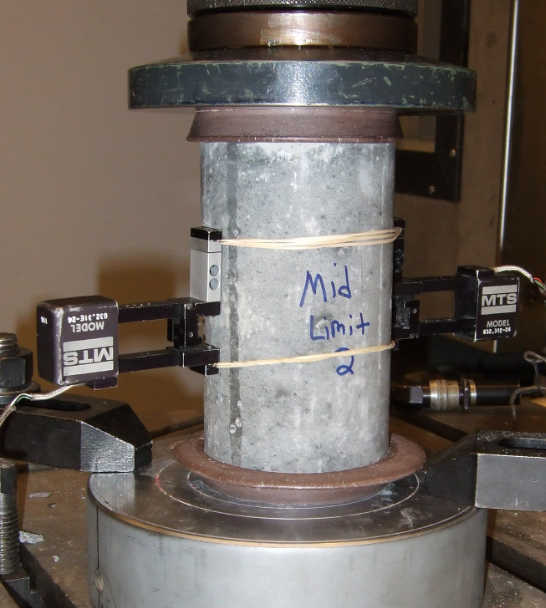Concrete Strength
Concrete mixtures have several variations. This data set is a case study for data visualization and exploration to predict the concrete compressive strength (MPa).



| This case study is to determine the factors (inputs) that have correlation to the concrete compressive strength (output). Use visualization and exploration to gain an understanding of the data and make decisions about how it can be applied to predict strength. Use the data to determine data diversity, relationships, missing data, bad data, and factors that are important for regression. This case study uses data from concrete samples that is also posted to Revisting a Concrete Strength Regression on Kaggle. |  |
Concrete strength is affected by factors such as water to cement ratio, raw material quality, the ratio of coarse or fine aggregate, concrete age, concrete compaction, temperature, relative humidity, and other factors during the curing of the concrete. The data includes the following information for 1030 concrete samples.
- Cement: kg/m3 mixture
- Blast Furnace Slag: kg/m3 mixture
- Fly Ash: kg/m3 mixture
- Water: kg/m3 mixture
- Superplasticizer: kg/m3 mixture
- Coarse Aggregate: kg/m3 mixture
- Fine Aggregate: kg/m3 mixture
- Age: Day (1 to 365)
- Concrete compressive strength: MPa
Activity

Use the first Jupyter notebook to complete the case study on data visualization and exploration.
Use the second Jupyter notebook to complete the case study on data visualization, classification, and regression.




